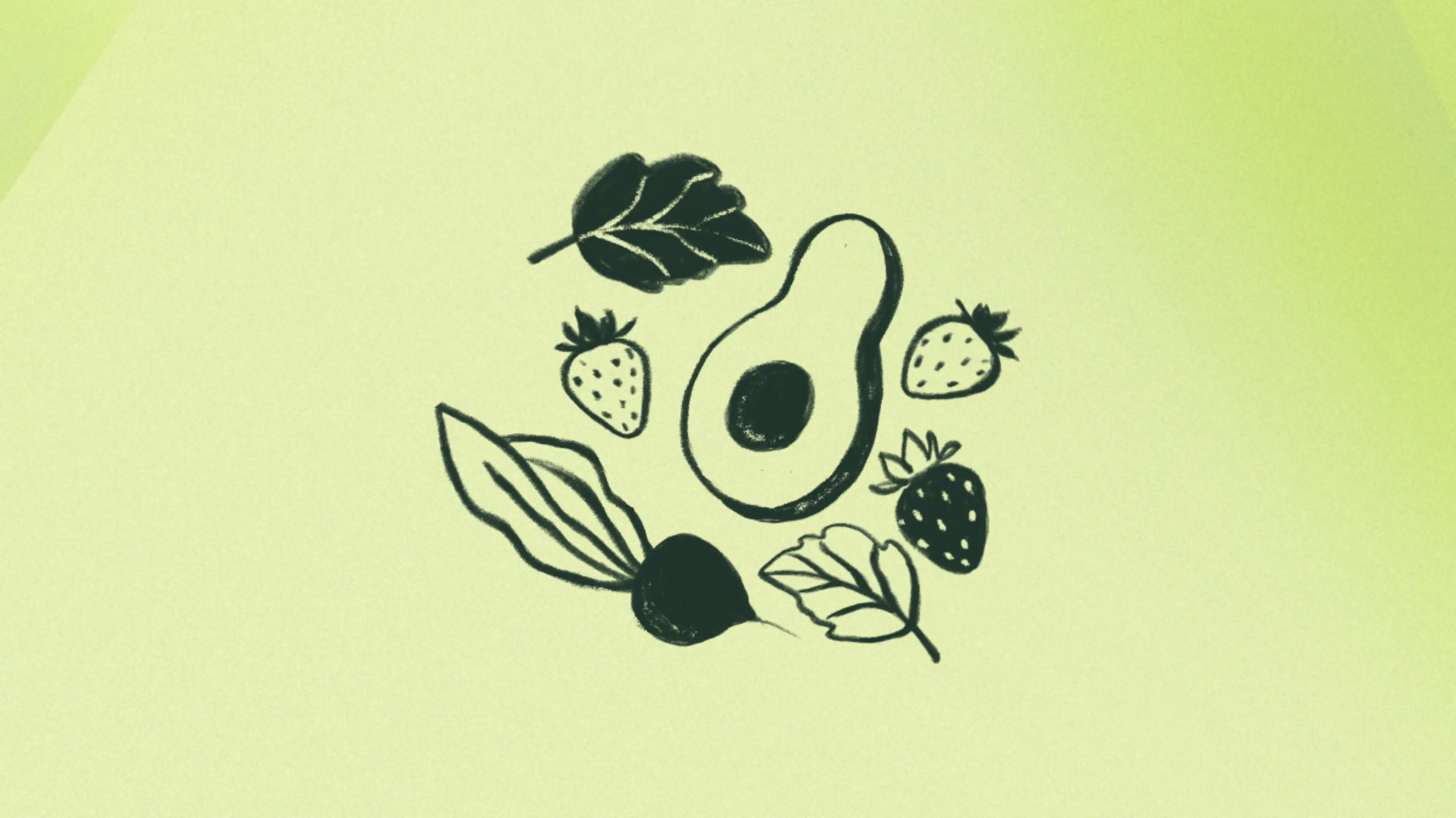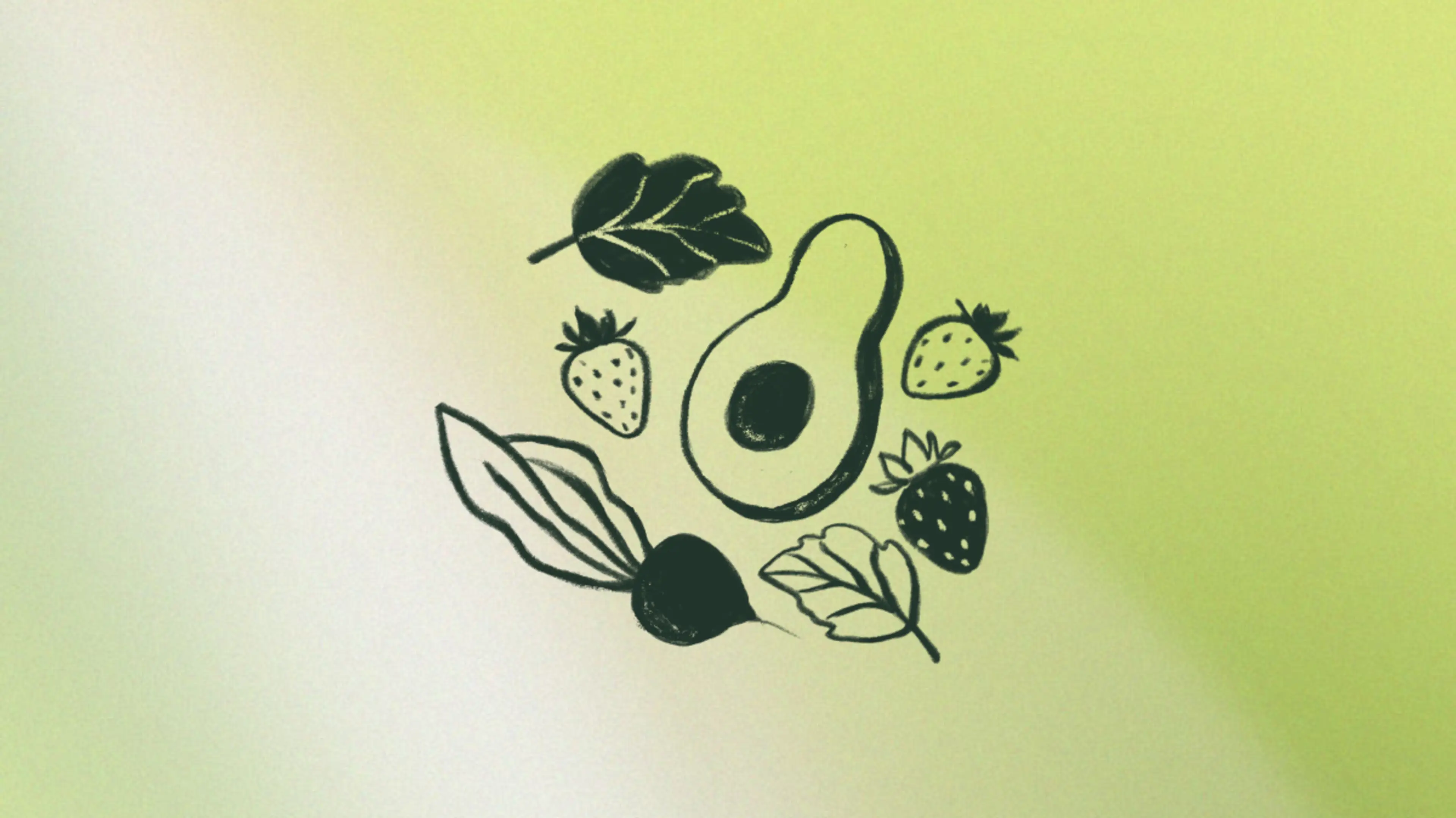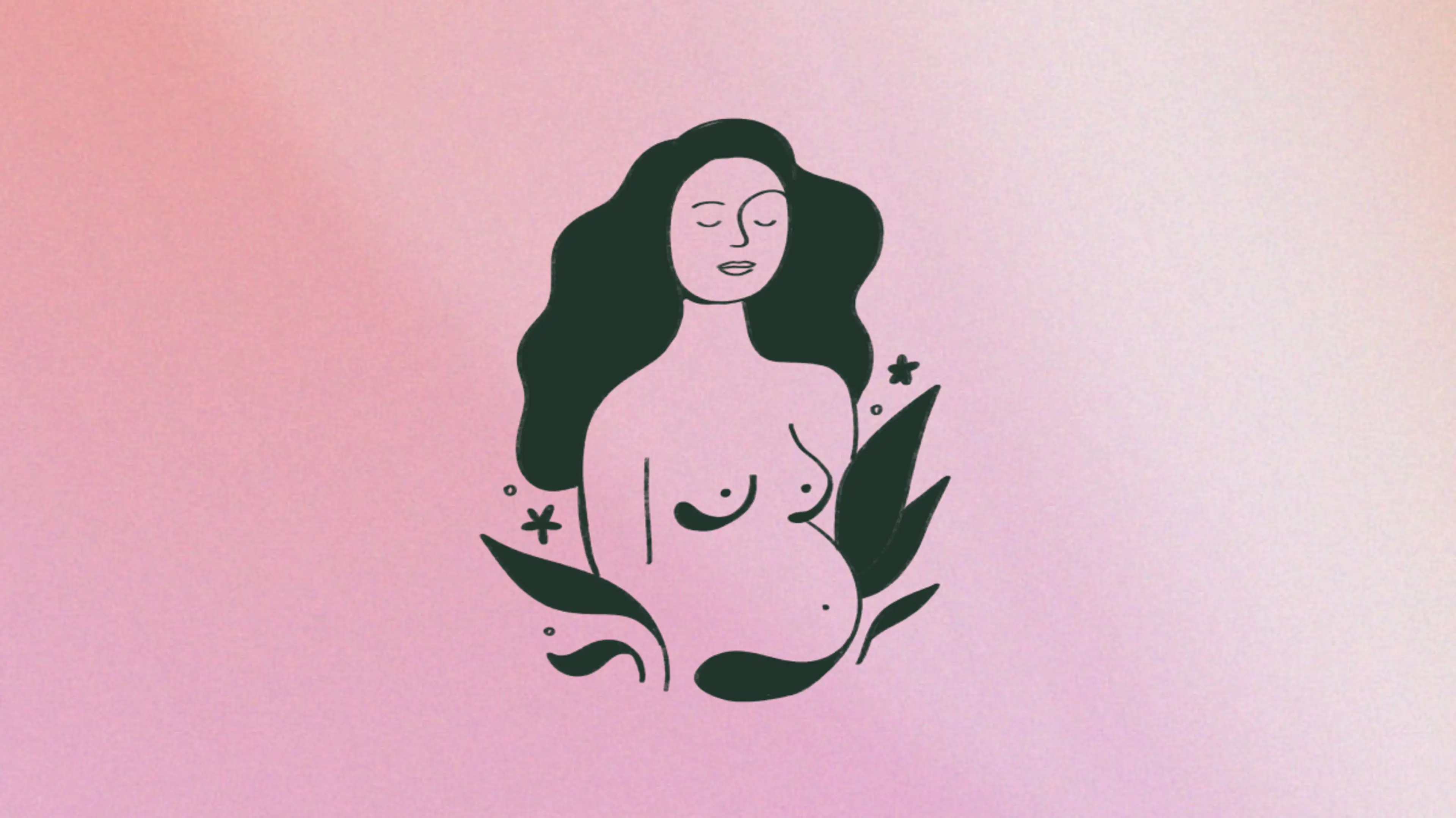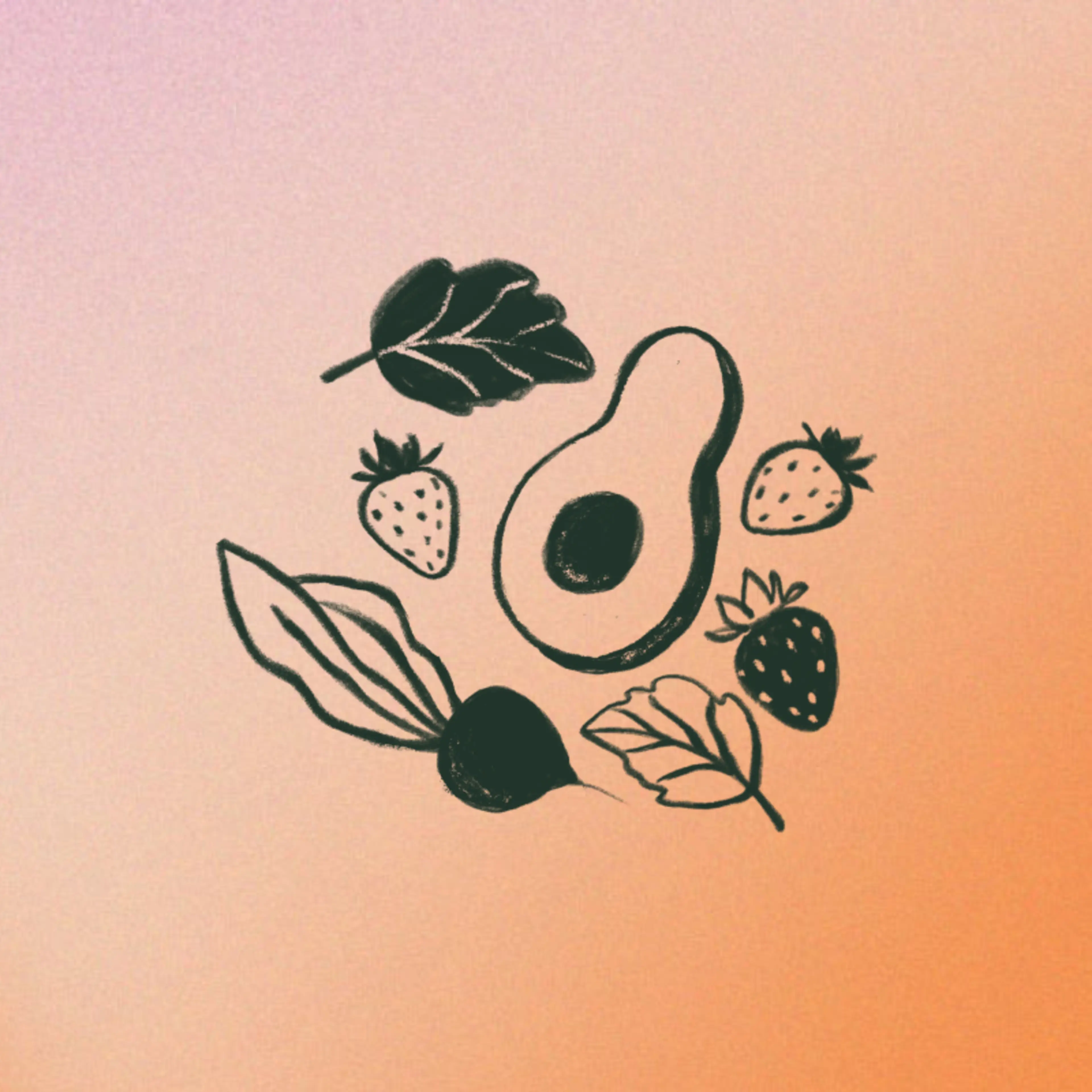With a baby on the way, you already know that the right diet and exercise regimen is important for your pregnancy. But what you might not know is that pumping iron should play a role in this routine. We’re not just talking about adding in some weight-bearing activity to maintain strength and flexibility—we’re also talking about keeping up the iron levels in your blood to help your body as it works overtime.
During pregnancy, your blood volume increases. Iron is the mineral responsible for transporting oxygen through the blood for both you and your baby. So, more blood in your body means the food you eat needs to contain more iron to do this vital work. While this is important for all pregnant people, if you already have a history of low iron levels or eat a diet low in iron-rich foods, then pregnancy is most certainly the time to take a closer look at your iron levels.
Being of South Asian Indian descent, I grew up in a family of women with low iron levels. Studies show that Indian women are particularly prone to this issue due to the historically vegetarian and low-protein diet of that region of the world. My sister and I both discovered our low iron levels in our mid-20s and started taking the necessary daily supplements. Neither of us consumed a protein-rich regular diet, so taking a prenatal vitamin containing iron was crucial when trying to conceive and then later, while pregnant.
The routine blood work that is done at the start of pregnancy will provide a read on your iron levels. So, if you are taking a prenatal vitamin containing iron, and you are still diagnosed with low iron, your healthcare provider may recommend additional testing or a referral to a hematologist to determine whether there are other possible causes.
In addition to a good prenatal vitamin, good nutrition when you’re trying to conceive helps build up these iron stores. What you eat before getting pregnant matters just as much as what you’re eating during your pregnancy. Though it’s important to remember that even if you’ve never been iron-deficient before, it is still possible to develop anemia if you aren’t getting enough iron1 in your diet during pregnancy.
What Causes Low Iron Levels During Pregnancy?
Blood volume increases during pregnancy to serve both you and your baby, so more vitamins and iron are needed to make more red blood cells to transport oxygen throughout your body. If your iron stores are low or you’re not taking in enough dietary iron, it can cause anemia. The reason healthcare workers are concerned about developing anemia during pregnancy is that it can lead to other issues, including a higher risk for postpartum depression, premature birth, and a low-birth-weight baby.
There are several types of anemia can occur during pregnancy,2 and the cause varies based on which type you may have:
Iron-deficiency anemia: This is the most common type of pregnancy-related anemia. During pregnancy, your baby is using your red blood cells for growth and development, especially in your last trimester. Any extra iron stores you may have in your bone marrow are getting a workout throughout this time. If you don’t have sufficient iron stores, you could develop this type of anemia.
Vitamin B-12 deficiency: Vitamin B-12 is an integral resource for making red blood cells and protein. Consuming animal proteins helps prevent a vitamin B-12 deficiency. My culture’s historically vegetarian diet predisposed me to low iron levels, but for many who choose vegetarian or vegan diets, a vitamin B-12-deficiency is likely. Some strict vegans end up needing vitamin B-12 shots during pregnancy.
Folate deficiency: We learn early on in our prenatal education that folate (folic acid) is crucial to our baby’s development. Folate is found in leafy, green vegetables and is needed to produce healthy red blood cells. Remember how important it is for oxygen to be transported through all the extra blood volume you now have? This also requires extra folate during pregnancy, and your diet doesn’t always supply enough. Starting a folic acid supplement—either on it’s own or through your prenatal vitamin—is recommended even before getting pregnant to build up vitamin and mineral stores that will eventually assist your baby throughout pregnancy.
Symptoms of Iron Deficiency During Pregnancy
If you are already anemic or suspect your diet may not include enough iron, some symptoms to watch for include:
Pale skin, lips, nails, palms of hands, or underside of eyelids
Feeling tired
Vertigo or dizziness
Headache
Difficulty breathing or concentrating
Accelerated heart rate
Low blood pressure
“Every three to four pregnant patients I see have low iron levels,” says Dr. Abrar Al-Shaer, owner of Nourish Women Nutrition, a healthcare consulting firm of registered dietitians focusing on women’s health. While your healthcare provider will check for anemia3 during initial prenatal exams through routine blood work, Dr. Al-Shaer believes there are benefits in knowing where your iron levels stand when trying to conceive.
“I'm a big advocate of women knowing their ferritin levels well before pregnancy, ideally six months before getting pregnant, in order to properly correct an iron deficiency,” she says. Ferritin is defined as the storage form of iron in your tissues and is an early indicator of iron deficiency.
“It is much easier to prevent iron deficiency than it is to treat it,” says Dr. Al-Shaer. Talk to your healthcare provider if you have any of the above-listed symptoms or if you think you could benefit from knowing your ferritin level before pregnancy.
How to Prevent Low-Iron Levels—Including Recipe Ideas
Iron deficiency during pregnancy is treatable, and both you and your baby can be well-supported through supplements and diet. Prenatal vitamins taken while trying to conceive and during pregnancy help maintain sufficient iron levels. But to keep that iron pumping throughout a pregnancy, you should aim for three or more servings of iron-rich foods per day, says Dr. Al-Shaer.
Although iron from animal protein is the easiest for your body to absorb, consuming food or drink high in vitamin C, such as orange or tomato juice and strawberries, can enhance the absorption of iron from plant sources and supplements. “There are many wonderful recipes using white beans as a base for making a sauce or a dip just like you would make hummus,” says Dr. Al-Shaer. She recommends protein shakes using white beans, spinach, and any of the fruits listed below that are high in iron.
Some great iron-rich foods4 to add to your diet are:
Meats: Beef, pork, lamb, liver, and other organ meats
Poultry: Chicken, duck, turkey, and eggs
Fish: Shellfish, including (fully cooked) clams, mussels, and oysters; salmon, shrimp, pollock, cod, tilapia, tuna (canned or fully cooked, not sushi or raw), and catfish
Dark, leafy greens: Kale, collards, turnip greens, and chard
Other fruits and vegetables: dried fruits (raisins, figs, and apricots), watermelon, strawberries, tomatoes, sweet potatoes, green beans, and broccoli
Legumes: Lima, pinto, black, white, and other dry/cooked beans; peas
Whole grains: Wheat, millet, oats, brown rice, and quinoa
Iron-fortified foods: White bread, pasta, rice, and breakfast cereals
To treat my own low iron levels over the years, I have taken 65 mg of iron three times a week. This began when I first learned about my iron deficiency in my 20s. Each dose contains around 300% of my recommended daily allowance. I continued this regimen throughout my pregnancy after my initial pregnancy blood work showed that it was necessary and that I also needed to supplement my diet with more iron-rich foods. As a low-animal-protein consumer, I did have to get creative about ensuring my diet contained good sources of iron. Low-sugar granola with unsweetened dried fruits and plenty of nuts over Greek yogurt is a great way to add fiber and protein to your pregnancy diet. Swapping out white rice with brown rice and adding more meals with legumes or fully cooked fish are also superb additions to these particular months of meal planning.
Eating this healthfully beyond pregnancy is just an all-around good habit to get into for postnatal life as well. Legumes, beans, and grains are good sources of B vitamins, and studies have shown a link between low vitamin B6 consumption5 and a higher risk of experiencing postpartum depression. Although there is not sufficient evidence exclusively analyzing B vitamins in postpartum depression treatment, making sure you’re getting enough of them during pregnancy and after can help. And it’s a win-win when it’s also an iron-rich diet.
As a chef educator who teaches young people about nutrition and how to cook for themselves, I have quite the repertoire of healthy recipes for young growing bodies, and many of these can benefit even the youngest growing in utero. One of my longtime favorite recipes to teach is Sweet Potato and Pea Samosas, a popular street food in India. It contains iron-rich sweet potatoes and peas, and uses whole wheat flour. A triple-play of iron enrichment to enjoy during and after pregnancy. Now that you’re eating for two, it’s more important than ever to eat a balanced diet, especially an iron-rich one. Supplements definitely help, but you know your belly best, and good, healthy food will always be a win for both you and your baby.










